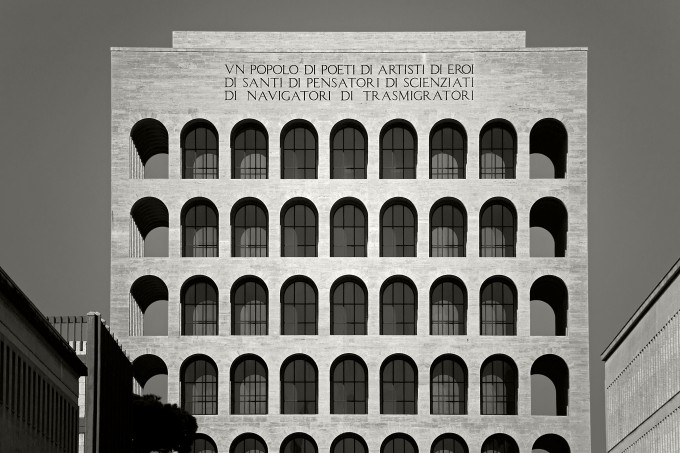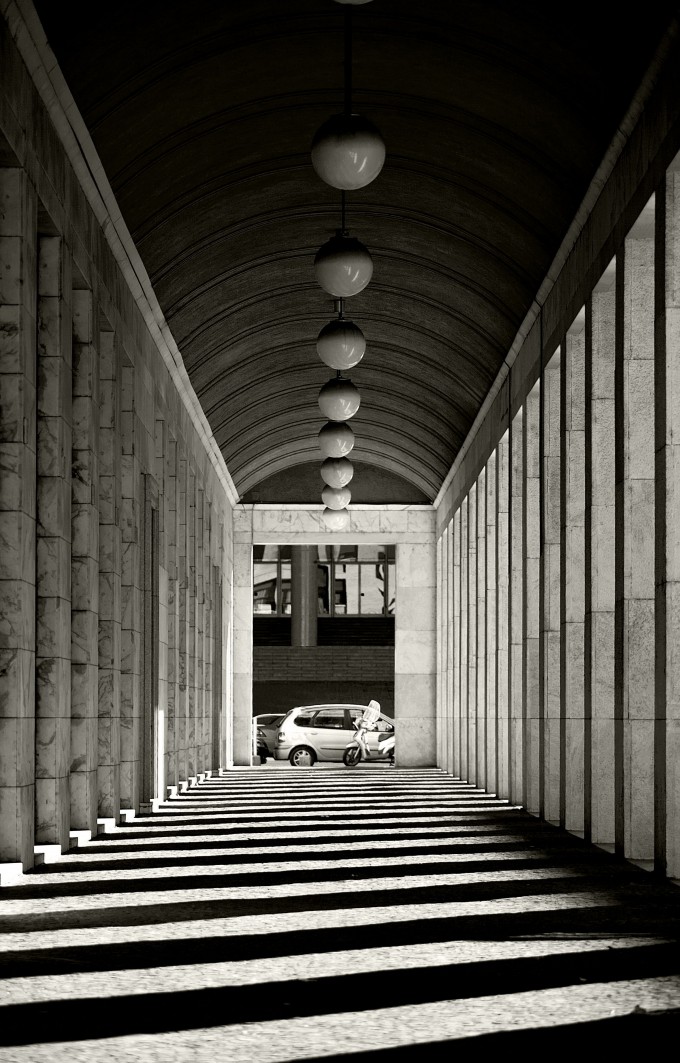Travertine, fascism, and more travertine: aka EUR. EUR is a city envisioned and partially realized by Benito Mussolini and differs radically from the center of Rome. Instead of having small cobblestone streets and alleys that wind through highly densified neighborhoods, EUR is reminiscent of common American cities: large avenues, green grass, and urban sprawl. The most interesting area we visited, aside from the new Fuksas project, was the Museo della Civilta Romana (Museum of Roman Civilization). This museum holds hundreds of plaster casts of Roman artifacts ranging from antiquity through the height of the Roman Empire. These casts were utterly amazing! Until I was told they were plaster casts, I was under the impression that they were the original ancient artifacts. At the culmination of the museum is a massive, and I mean MASSIVE, model of Rome as it existed at the height of the Roman Empire. It was extremely detailed and took up about a 40ft by 40 ft room. We spent well over an hour just staring at the model and trying to figure out where everything belongs as it exists today. After we departed from the museum we were left to our own devices to get back to Rome. Naturally as architecture students, we all wanted to go see the new Massimiliano Fuksas building that is under construction just a few blocks from the museum. A few of us were lucky enough to gain access to the roof of a hotel across the street, allowing us a glimpse of the massive scale of the interior of the ‘cloud’ described by Fuksas. It was an incredibly awe inspiring experience and the perfect way to round off the trip, balancing the fascist, and slightly modernist, side of Rome with the possibilities of contemporary architecture. Simply inspirational.











